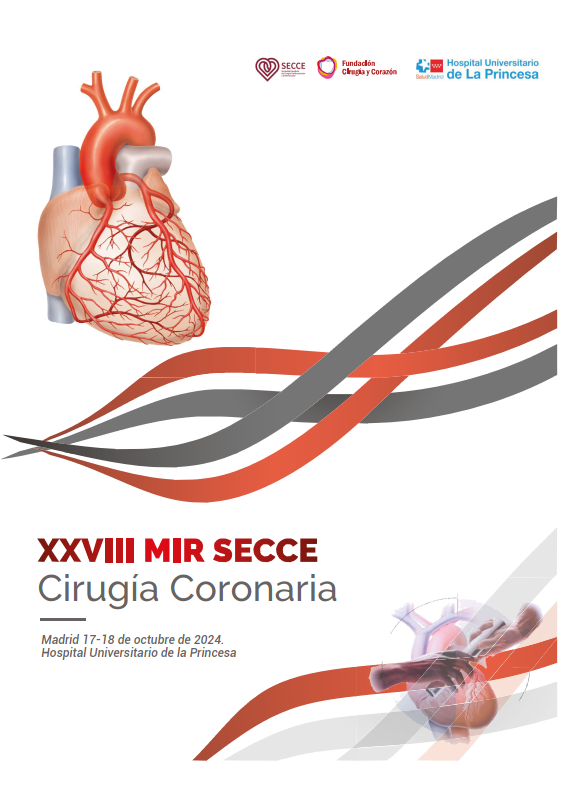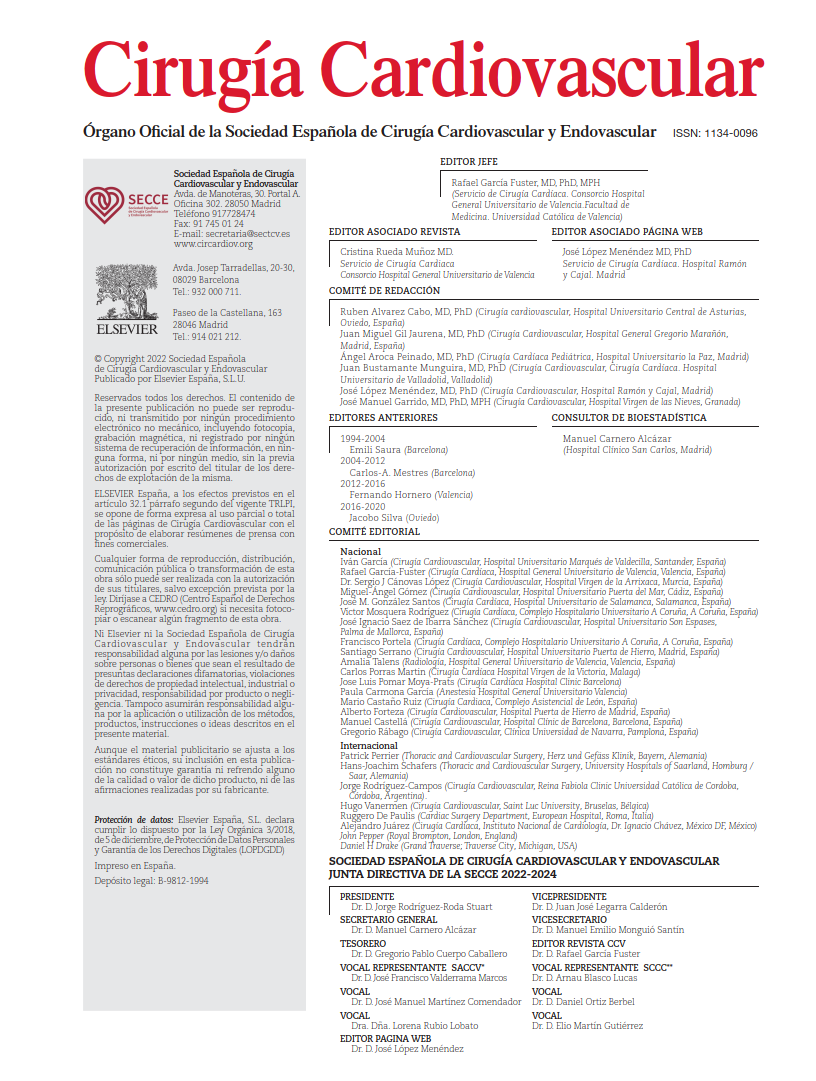Surgery involving the ascending aorta and aortic root is technically demanding and carries a considerable risk of postoperative complications. Among the most frequent and clinically relevant are pericardial effusion—potentially progressing to life-threatening cardiac tamponade—and postoperative AF, both of which significantly affect morbidity, length of stay, and healthcare costs.
PLP has been described as a surgical technique to promote pericardial fluid drainage into the left pleural cavity, thereby reducing postoperative pericardial effusion and arrhythmias following cardiac procedures.
The study analyzed in this commentary reports the findings from a retrospective single-center study conducted at the University Heart Center Bonn. A total of 256 patients undergoing elective ascending aorta and/or aortic root surgery between January 2014 and June 2024 were included. Based on whether PLP was performed, patients were allocated to two groups (116 with PLP and 140 without). To reduce confounding factors inherent to observational studies, propensity score matching was applied using multiple clinical and preoperative variables, yielding two comparable cohorts.
Primary endpoints included the need for reintervention due to bleeding or pericardial effusion progressing to tamponade, as well as the incidence of postoperative AF. Thirty-day mortality was designated as a secondary endpoint. All operations were performed via median sternotomy. In cases where PLP was carried out, the incision was made after completion of the main surgical procedure but before discontinuation of cardiopulmonary bypass. The technique consisted of a 4–5 cm incision in the posterolateral pericardium, from the left inferior pulmonary vein to the diaphragm, with preservation of the phrenic nerve. As part of institutional practice, both pleural cavities were opened in all patients, and pleural drains were placed, in addition to a retrosternal drain. In the no-PLP group, a standard pericardial drain was also inserted. Conversely, in the PLP group, no additional pericardial drain was used, as the incision was intended to facilitate continuous drainage into the left hemithorax.
The results demonstrated a significantly lower incidence of re-sternotomy due to tamponade and postoperative AF in the PLP group (3.4% vs 12.9% and 16.4% vs 36.4%, respectively), both with statistically significant p values (p < .01). No complications such as, phrenic nerve injury, were reported in association with the PLP technique. The PLP cohort also showed reduced mechanical ventilation time and shorter hospital stays. No differences were found regarding 30-day or 1-year survival.
COMMENTARY:
Patients undergoing aortic surgery are inherently at higher risk of developing pericardial effusion due to the technical complexity of the procedure and the routine use of hypothermia, occasionally requiring early postoperative surgical reintervention. Re-exploration due to bleeding is associated with an increased incidence of complications and mortality, thereby contributing to significantly elevated hospital costs. Additionally, pericardial effusion is known to predispose to postoperative arrhythmias, which may occur in 20–50% of cases. In 1995, Mulay et al. first introduced PLP as a surgical maneuver to enhance pericardial drainage into the left pleural cavity, aiming to reduce both pericardial effusion and arrhythmias following coronary artery bypass surgery.
In the present single-center retrospective study, the effectiveness of PLP in reducing the incidence of reintervention and postoperative AF following aortic surgery was evaluated for the first time. Significant reductions in both complications were found among patients who underwent PLP. Additionally, improvements in ventilation time and hospital length of stay were observed, without differences in short- or mid-term survival. The absence of complications related to the technique is also noteworthy.
While the retrospective nature of the study and the historical inclusion of patients may introduce certain biases, the use of propensity score matching strengthens the comparability between groups and reinforces the validity of the conclusions. This study provides solid evidence supporting the clinical value of a simple, reproducible surgical maneuver that appears to carry no significant adverse effects, while effectively preventing common and potentially severe postoperative complications. In the context of aortic surgery—where complication thresholds are already high—this “small gesture” may translate into a substantial clinical benefit and merits serious consideration in routine surgical practice.
REFERENCE:
Hamiko M, Spaeth A, Alirezaei H, Krasivskyi I, Rogaczewski J, Silaschi M, et al. Posterior left pericardiotomy for prevention of re-thoracotomy and postoperative atrial fibrillation in aortic surgery. Interdiscip Cardiovasc Thorac Surg. 2025 May 6;40(5):ivaf105. doi: 10.1093/icvts/ivaf105.



